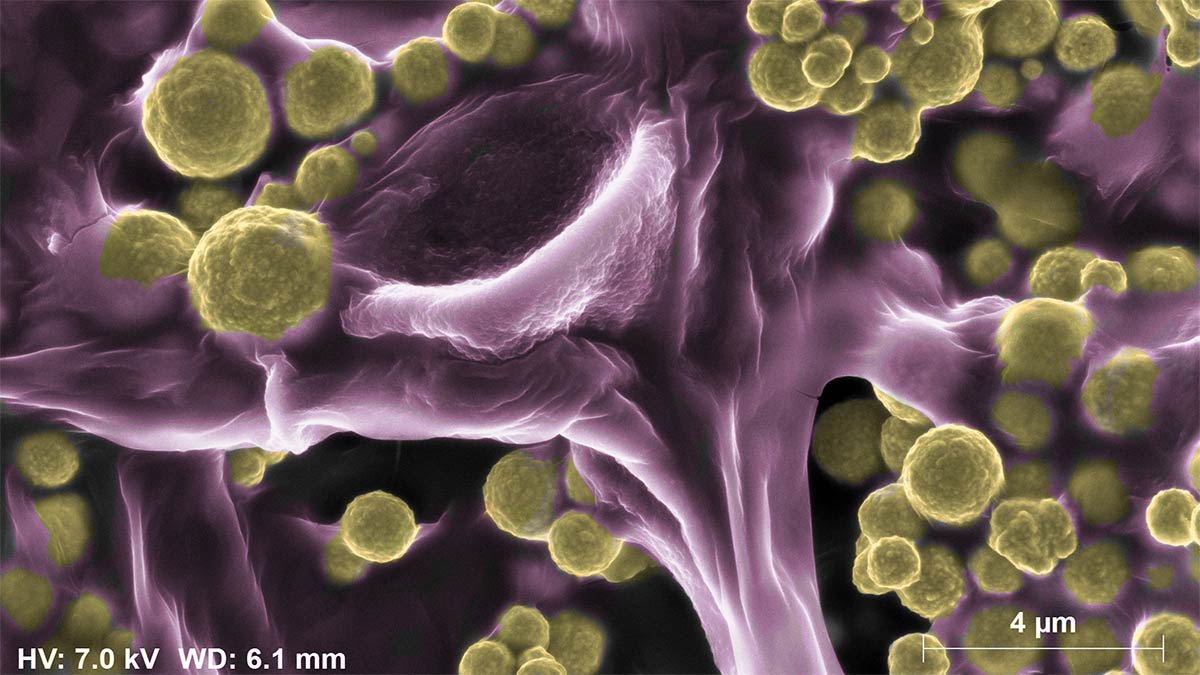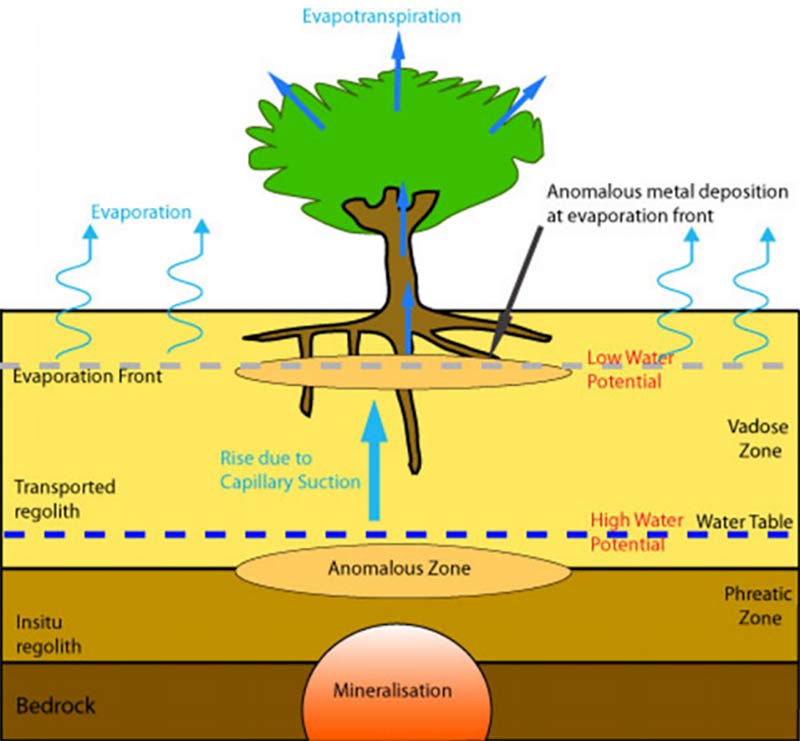Golden fungi could reveal the location of monster deposits

Pic: Tyler Stableford / Stone via Getty Images
Gold-coated fungi, found near Boddington in Western Australia, could help explorers uncover the next generation of Australian mines, according to a new study.
The CSIRO discovered fungi that attach gold to their strands by dissolving particles from their surroundings. There could be a biological advantage to doing this, as the gold-coated fungi grew larger and spread faster than those not blessed with the golden touch.
It’s still weird though; even the CSIRO thinks so.
“Fungi are well-known for playing an essential role in the degradation and recycling of organic material, such as leaves and bark, as well as for the cycling of other metals, including aluminium, iron, manganese and calcium,” says CSIRO lead author, Dr Tsing Bohu.
“But gold is so chemically inactive that this interaction is both unusual and surprising – it had to be seen to be believed.”

Dr Bohu is undertaking further analysis on the golden fungus, called fusarium oxsporum, to understand why it interacts with gold, and whether or not it’s an indication of a monster deposit below the surface.
“We want to understand if the fungi we studied — and their functional genes – can be used in combination with these exploration tools to help industry to target prospective areas in a way that’s less impactful and more cost-effective than drilling,” Dr Bohu says.
This could the latest in a string of innovative low impact exploration techniques, which includes sampling gum leaves and termite mounds for tiny traces of gold.
Marmota Energy (ASX:MEU), for example, analyses trace gold in tree and shrubs – which it reckons is a rapid, low impact and very effective way to find mineral deposits.
Goshawk, part of the Marmota’s Aurora Tank project in South Australia, was one of the first targets found using the explorer’s biogeochem (tree sampling) method.
And guess what? Mamota recently hit gold grades above 100g/t, which shows that the technique may actually work.

- Subscribe to our daily newsletter
- Join our small cap Facebook group
- Follow us on Facebook or Twitter
UNLOCK INSIGHTS
Discover the untold stories of emerging ASX stocks.
Daily news and expert analysis, it's free to subscribe.
By proceeding, you confirm you understand that we handle personal information in accordance with our Privacy Policy.








